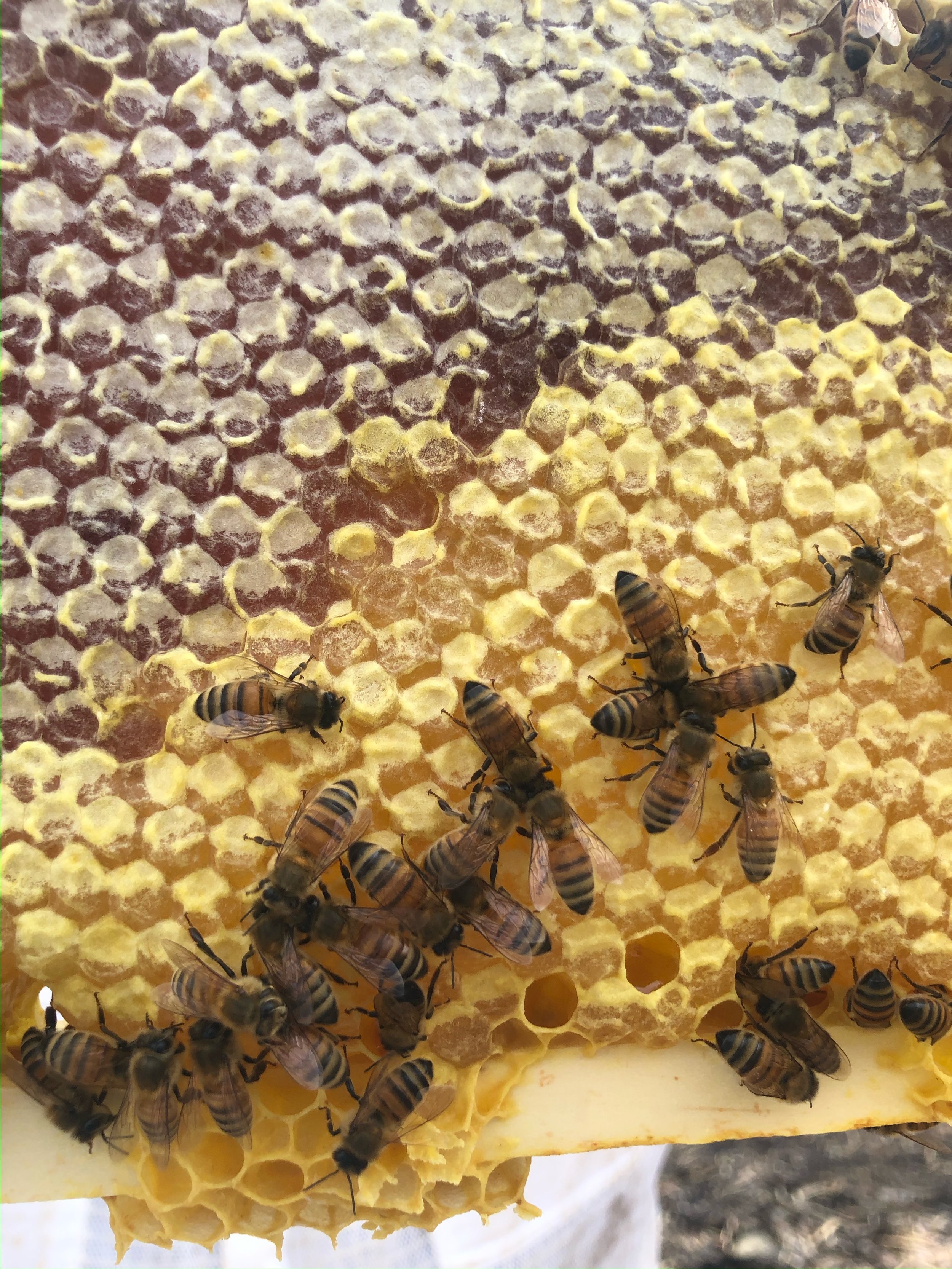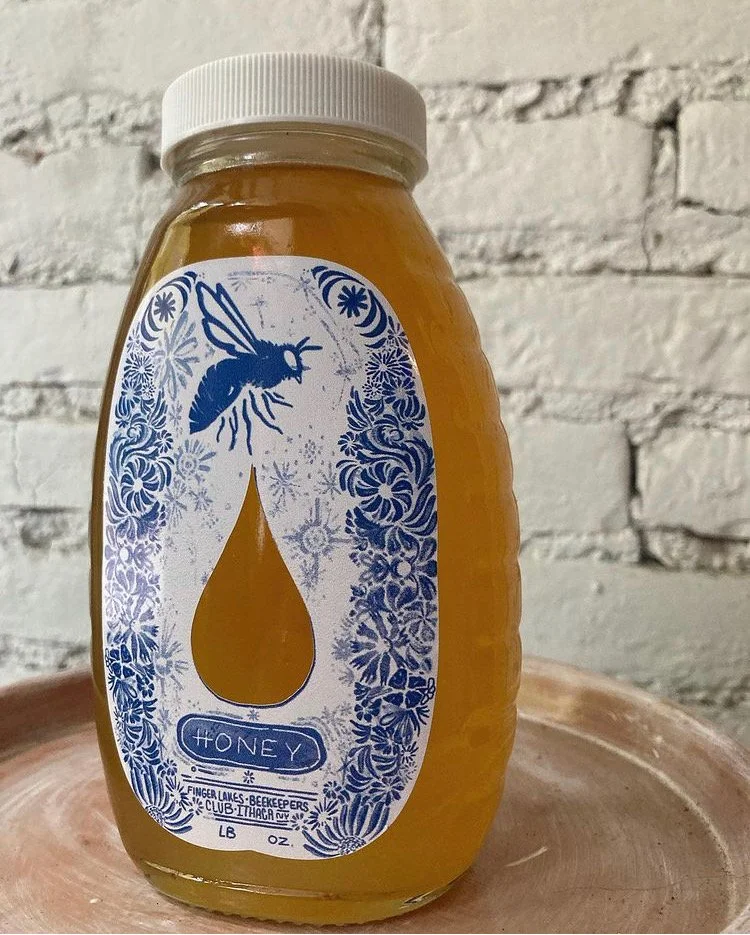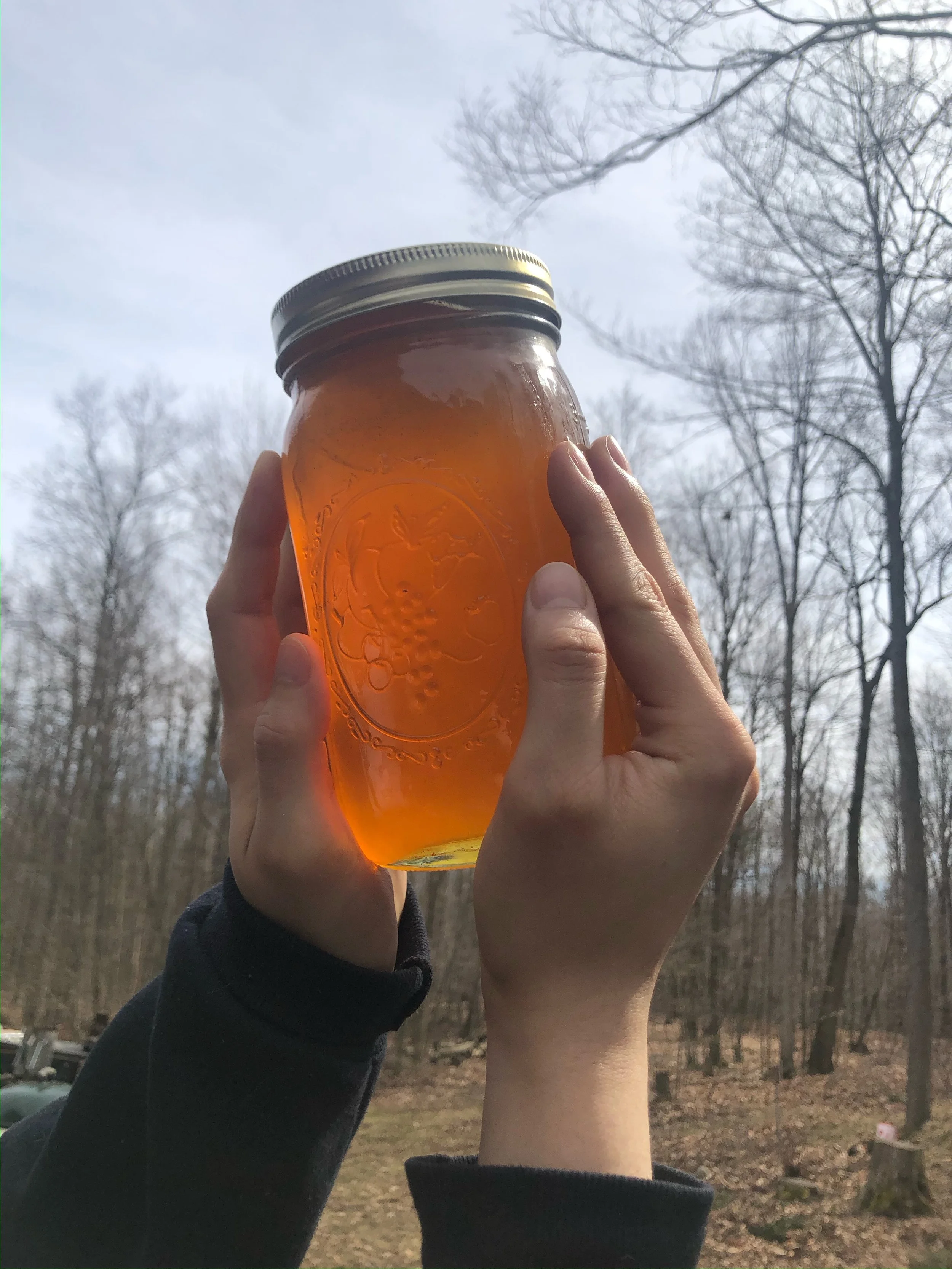
Extractor
FLBC owns an extractor that is available to members. It’s a Dadant 4 frame unit, “Little Wonder.” It is housed with our treasurer, George Myers, who lives just a few miles from the club hives. To borrow it from the club, contact him at:
flbeeclubtreasurer@gmail.com
Here’s some more information about the extractor from Dadant.
We also own an electric uncapping knife. Here are some instructions on how to use it:
How to use the uncapping knife:
To use, simply plug in clean knife. CAUTION; Knife will get hot!
Unplug to turn off and cool. Clean blade while still warm (see 6 below.)
There’s a short helpful video here: https://www.youtube.com/watch?v=F2d0o8oaV0g and a longer one here : https://www.youtube.com/watch?v=1iqfW_0EHVw
UNCAPPING INSTRUCTIONS
To remove the beeswax cap on each cell, uncap with either an upward or downward motion allowing the wax cappings to fall away from the knife blade. Remove just enough of the beeswax to allow the honey to come out, as this will minimize the work the bees will need to do to repair and refill these honey cells. Use an uncapping stroke that will not strike any part of your body. Some honey processors use a slight sawing motion while cutting off the beeswax caps. CAUTION-AVOID INJURY: If you uncap with an upward stroke, be sure to keep your other hand AND thumb that is holding the frame of honeycomb out of the path of the knife. Knife is sharp and gets hot! Work safely when uncapping so you don’t cut or burn yourself. Develop an uncapping stroke that will allow you to uncap an entire side of a frame in a single stroke using the frame itself as a guide for the knife. Develop deeper honeycomb cells to make your uncapping easy.*
Cool knife as needed by plunging the blade into a pile of uncappings. Set your hot knife only on a nonflammable, no melt surface if you set it down.
Use the entire length of the blade to distribute the heat of the knife evenly across the work surface for your best uncapping results. Use pointed end of knife to get into corners and score difficult to reach areas on the comb. Fatter combs are easy to process with this tool*
Uncapping Honey is a sticky process. Plan in advance how to keep your work area clean as you work. You can use damp cloth towels to keep the work tools and uncapping area clean. Plan your uncapping workflow to make it easy on yourself. Your tools should be ready and clean; the work area clean and well lighted and all items ready within easy reach. Do not track honey about on your shoes. Keeping the mess to a minimum helps avoid unnecessary clean up and explanations! You may wish to use an uncapping tub to capture the wax scraps and honey when you are processing your honey.
Never use the knife as a prying tool to pry frames out.Clean knife before and after each use with a damp, but not wet cloth.
Clean knife when knife is warm as a warm knife is easiest to clean. Keep knife clean for best results. Never immerse the knife in water – it will ruin the knife.
Use caution when handling the knife, it is capable of both burning and cutting your skin!
Always unplug knife when not in use. Never leave tool plugged in for extended periods or leave it plugged in when you are not present.
Caution: Be cautious to prevent accidentally searing the electric cord with the knife. Inspect and clean the knife before and after each use and do not use if wires are frayed. Keep out of reach of children.
*How to get deeper honeycomb cells? Create deeper cells by reducing the number of frames in a 10 frame super to 9 frames, but only after the bees have drawn out the frames and you have uncapped the honey. Use these processed frames as the bees’ templates for deeper honeycomb cells. Deeper honeycombs mean fewer frames and less work for the beekeeper or honey processor. Let the bees draw out the comb before going to 9 frames to help prevent disorganized comb building and extra burr comb.

